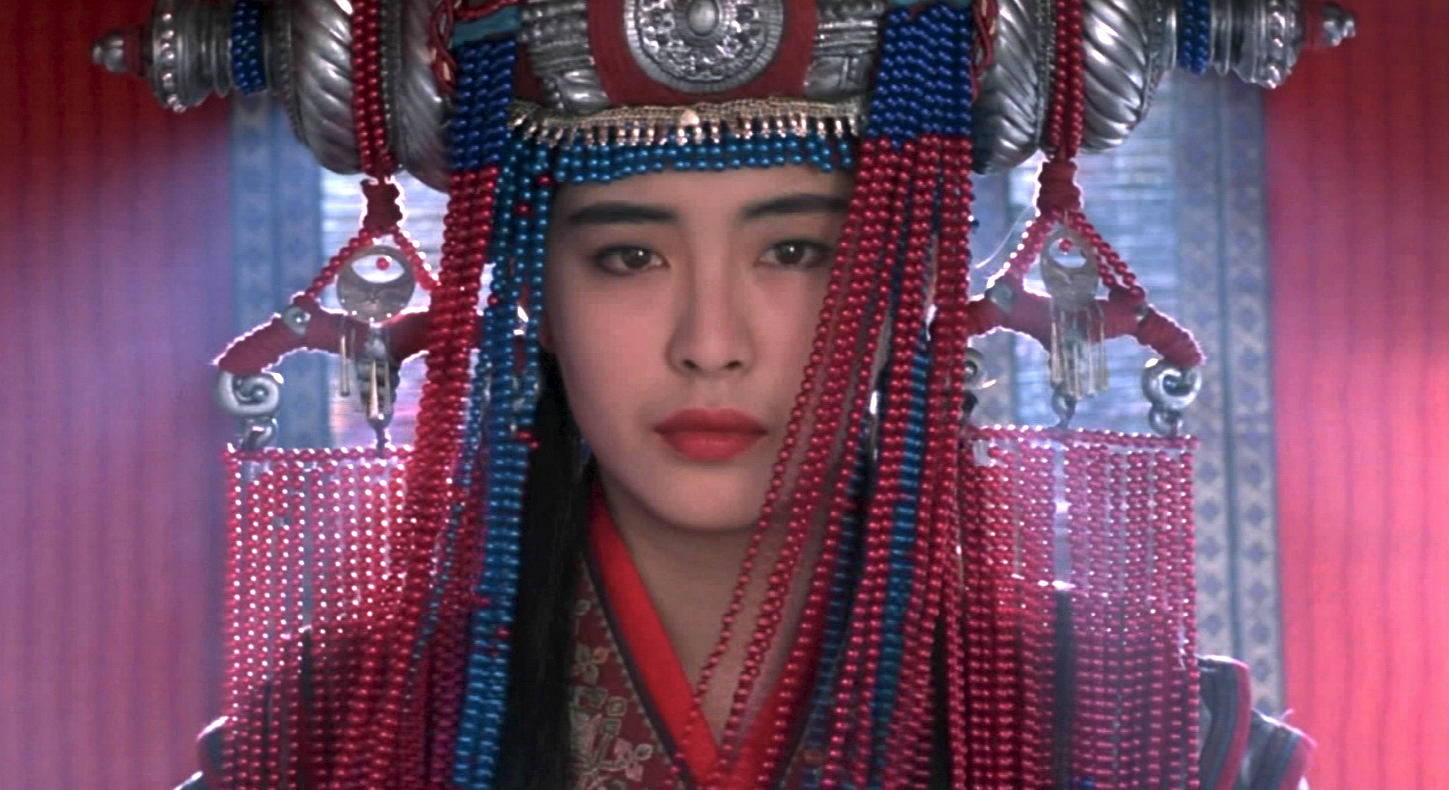
When thinking about ghost movies, hardcore cinema buffs most definitely enumerate such classics as The Shining (1980), Poltergeist (1982), Ghostbusters (1984), or The Ring (1998). However, fans of Asian Cinema will also point to yet another popular movie series from Hong Kong; that is, an inconspicuously titled A Chinese Ghost Story. Devised by such acclaimed filmmakers as Ching Siu-tung and Tsui Hark, the original trilogy presents ethereal tales, oscillating between drama, comedy, romance, and horror, in which mortals encounter (and fall in love with) undead spirits who are forced to commit misdeeds in the afterlife. Get your sutras ready because we are going on an unearthly re-visitation of A Chinese Ghost Story franchise.
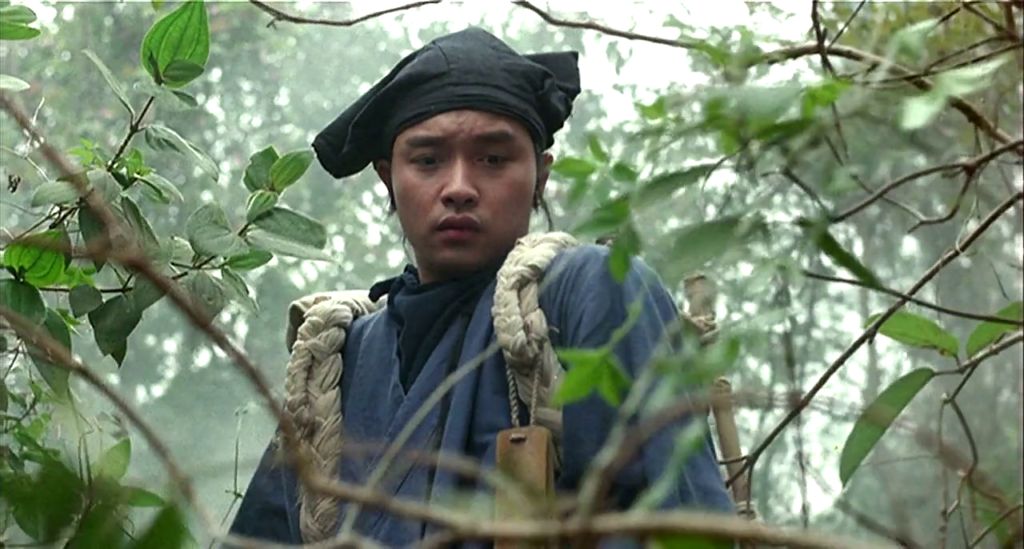
A Chinese Ghost Story (1987)
I retired, because I hate dealing with mean people. So I hid in this temple. I pretended to be a ghost in front of a man and a human in front of a ghost, and now I don’t know if I’m a man or a ghost. I’m not a swordsman. Swordsman, ridiculous! I don’t want to be a man, yet Nip Siu-sin wishes to reincarnate.
Inspired by the Shaw Brothers 1960 production The Enchanting Shadow and Pu Songling’s short story collection Strange Stories from a Chinese Studio, the original movie can be best described as an all-time supernatural classic. When I was at the beginning of my adventure with the Hong Kong cinema, this one title, A Chinese Ghost Story, kept popping up on many movie recommendation lists and various message boards. Never being a huge fan of the fantasy/ghost genre, I was not really keen on checking it out initially, but the more I read about the film, the more I wanted to discover the phenomenon behind it.
The first film tells the story of Ning Choi-san (played by Leslie Cheung), a debt collector who travels through China and visits local towns. Unfortunately, he is also plagued by misfortune as his account book is destroyed, so he has no money to pay for shelter. As a result, he spends a night in a haunted temple outside of town. There, he encounters an enchantingly beautiful woman called Nip Siu-sin (Joey Wong). Little does he know that Siu-sin is a ghost who lures travelers with her body so that the Tree Demoness (Lau Siu-ming), a 1000-year-old monster, can eat men inside out. Nevertheless, Ning Choi-san falls for the ghost and protects her from dangers; in turn, Siu-sin defends him from other flesh-eating ghosts. With the help of a Taoist monk, Yin Chik-ha (Wu Ma), Choi-san descends into the deepest levels of hell to save Siu-sin from the grasp of the Tree Demoness.
Director Ching Siu-tung and producer Tsui Hark began working on the film as early as the late 1970s. After combining many elements from The Enchanting Shadow as well as Pu Songling’s stories, the screenplay was reinvented to such an extent that it bears little resemblance to its cinematic inspiration. Apparently, the two creators had very different visions about the film. Namely, Siu-ting wanted it to be more an action/horror story, whereas Hark opted for a romance/love story. The final result is somewhat the middle ground between these visions.
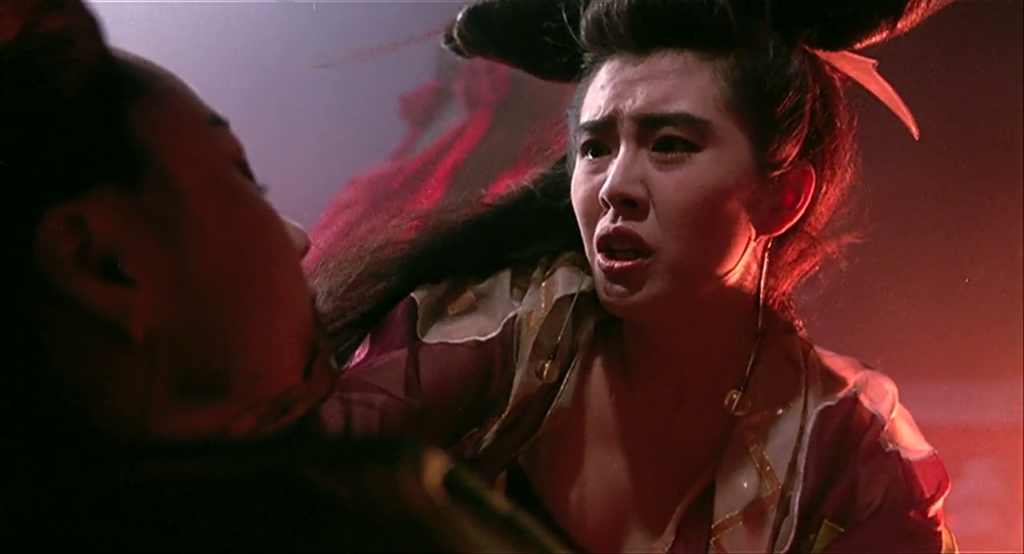
The movie is eerie, yet not scary, while being dynamic and touching at the same time. This was made possible thanks to the hectic work of stuntmen, special effects experts, and leading actors over the course of over 8 months! What is more, there is absolutely no CGI but only practical effects. Even Tsui Hark was frequently present on the set and admitted to directing many scenes. Consequently, what we get from this daredevil endeavor of HK filmmaking is a beautiful and unforgettable adaptation with spellbinding cinematography and art direction.
With regard to performances, Leslie Cheung is at his best here. Instead of being a predictable, comical/flamboyant type, Leslie creates a relatable everyman caught in the middle of a spiritual war he cannot comprehend. It comes as no surprise that the 2011 theatrical re-release of the film as well as the remake were dedicated to his memory. On the other hand, Joey Wong is outstanding as the ghostly spectre who desires to free herself from the firm grasp of the Tree Demoness. Interestingly, Joey would go on to repeat this role not only in the sequels, but also in many remakes and retellings of this classic film. Naturally, Wu Ma must also be praised for his memorable performance of a ghost-fighting Taoist monk. Priests from The Exorcist (1973) should watch and learn how a pro obliterates demons in a true Dragonball-like style.
One more thing which I should comment on is the music score by James Wong. It wonderfully enriches the tone of the movie as the instrumentals heavily rely on traditional Chinese music. In addition, the end credits song was sung by Leslie Cheung himself. Interestingly, the tune was kept intact at the end of the 2011 remake.
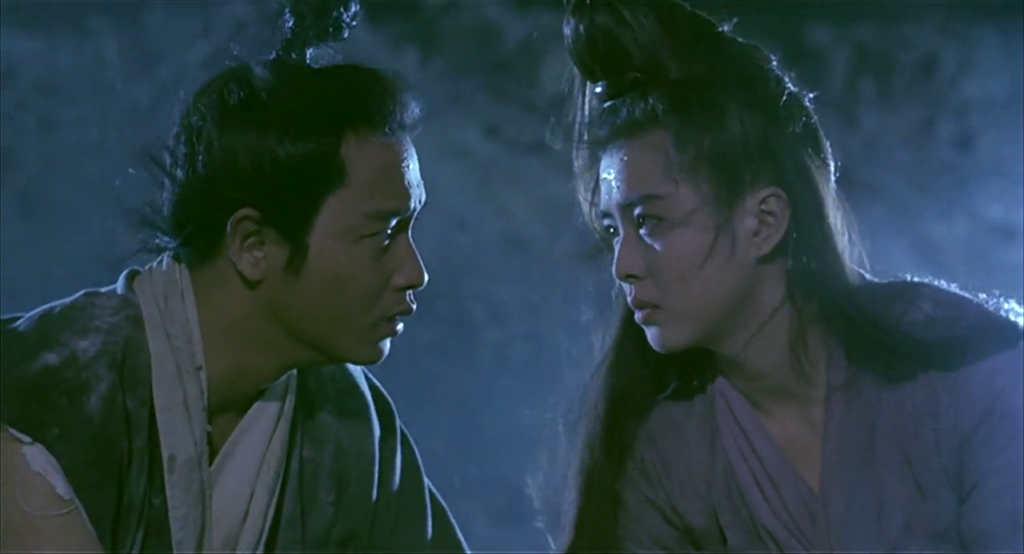
A Chinese Ghost Story II (1990)
Mortals are forgetful. Good deeds fade like the wind. No matter what you’ve done, it’s soon forgotten.
Needless to say, the enormous success of the first film inevitably led to the creation of the sequel. The year 1990 saw the release of A Chinese Ghost Story II. Apart from the return of the principal cast members, such stars as Jackie Cheung, Waise Lee, and Michelle Reis also appeared in the supporting roles.
After successfully freeing the soul of Nip Siu-sin, Ning Choi-san (Leslie Cheung) returns to his home village, but he is mistakenly taken to be a bandit and arrested by the local police. While in prison, he meets a scholar called Elder Chu (Ku Feng) who helps him escape. Due to a concurrence of many events, Choi-san encounters a Taoist monk, Autumn (Jackie Cheung), and a group of rebels led by Windy (Joey Wong). The woman bears a strong resemblance to Nip Siu-sin, so Choi-san thinks that she may be a reincarnation of his dearly beloved. The rebels attempt to free Windy’s father who was sentenced to death by the Emperor. Nevertheless, in the course of their struggle, the heroes have to face a demonic villain known as the High Priest (Lau Shun).
A Chinese Ghost Story II can be labelled as a mix between The Naked Gun (1988) and Van Helsing (2004). In order to be more family-friendly, the picture done away with the erotic NSFW sequences from the first film and significantly toned down the gore factor. As a result, the story relies a lot on comic relief (slapstick, characters making false assumptions on one another, etc.) This does not mean; however, that A Chinese Ghost Story II is a bad sequel. While being noticeably inferior to the first one, it is still an entertaining and action-packed story with many breathtaking scenes (for example, the arrival of the High Priest, possession of Windy, or explosive showdown at the monastery). In addition to this, the special effects are just top notch across the board: from elaborate prosthetics through wire work to visual compositing. What is more important, the character of Ning Choi-san was finally given a happy ending.
As surprising as it may seem, the main theme song of the second picture was pulled from Apple Music and Weibo services in China due to (allegedly) containing vague references in its lyrics to the Tiananmen Square Massacre.
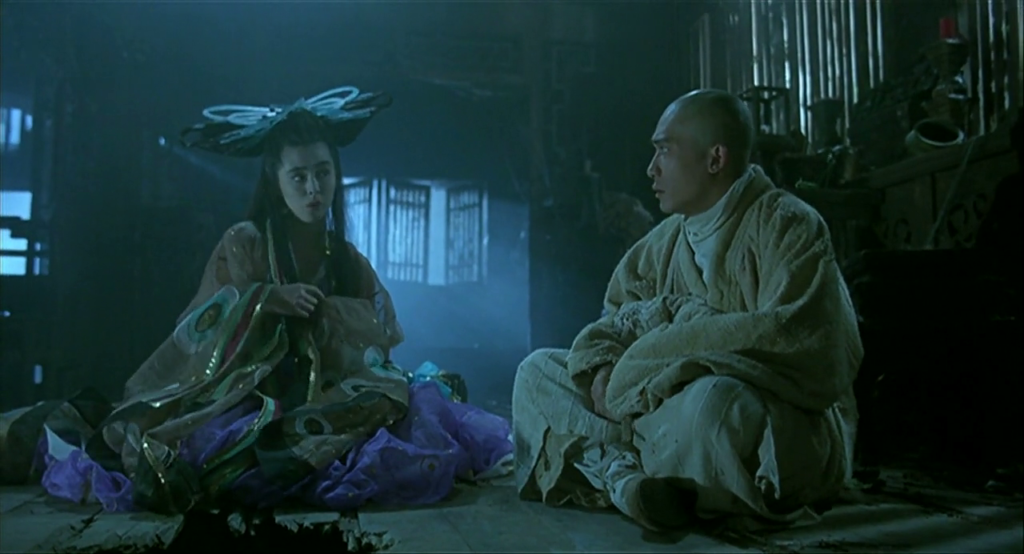
A Chinese Ghost Story III (1991)
Why are you telling me your name? I won’t be visiting you, and you won’t be visiting me. Man and ghost can’t be together… Even if you were human, it’d be hopeless because monks and women can’t be together. Remember to be more careful in future. If you meet other monks, they won’t give you a chance. Take care of yourself!
Tsui Hark and Ching Siu-tung did not wait long to release the next follow-up, as A Chinese Ghost Story III saw the light of the day just one year after the premiere of the second part. This particular motion picture; however, feels more like a soft reboot rather than proper continuation.
The film begins with a flashback from the first film in which we see the fight between Yin Chik-ha (Wu Ma) and the Tree Demoness (Lau Siu-ming). The monk manages to imprison the demon via a magical seal, but it breaks after 100 years. This is the beginning of a new story centering on a young Buddhist disciple, Shi Fang (Tony Leung Chiu-Wai), and his master (Lau Shun) who are travelling to the Imperial City in order to deliver the figure of a golden buddha. For fear of being robbed by thieves, they spend a night in a haunted place known as the Orchid Temple (the same place from the first film). There, Shi Fang is being seduced by a ghost called Lotus (Joey Wong), but the monk remains resilient to her charms. In order to avoid detection by the master, Shi Fang lets Lotus escape. As a way of returning the favour, Lotus attempts to protect Shu Fang from her mischievous sister Jade (Lau Yuk-ting) and the Tree Demoness. Nevertheless, Lotus’s intentions are exposed and Shu Fang is forced to seek the help of a noble mercenary Yin (Jacky Cheung).
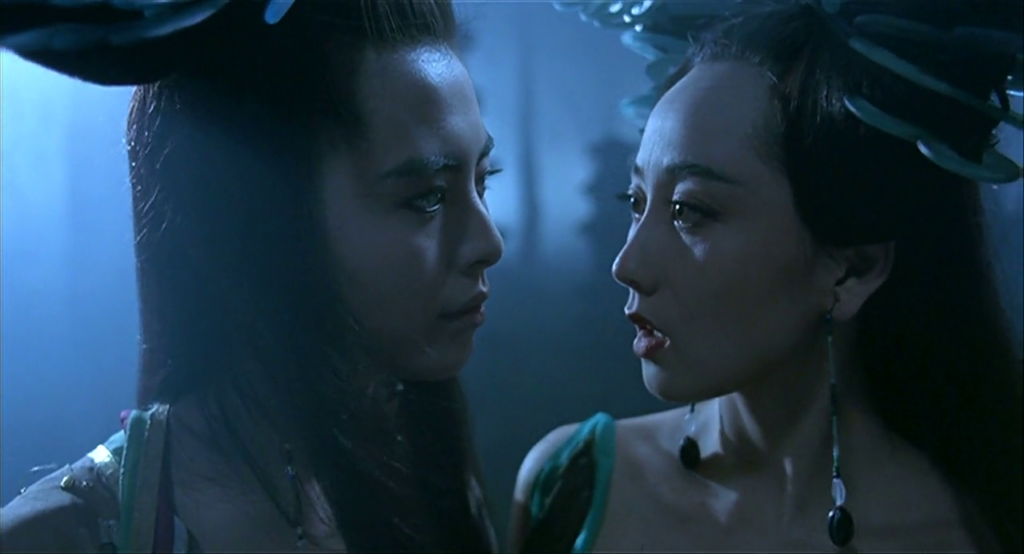
Fans of the series often point to A Chinese Ghost Story III as the weakest of the bunch. Understandably, the movie suffers from the lack of Leslie Cheung and Wu Ma, and falls into repetitiveness (the return of the Tree Demoness). Also, Joey Wong plays an entirely different ghost this time. Yet, the film still manages to be its own thing. There is room for comedy as well as action. There are also fantastic dynamics between Tony Leung’s character and Joey Wong’s ghost. Their relationship is not a simple rehash of the romance between Choi-san and Siu-sin because the young monk tries as hard as possible not to be physically interested in Lotus, which leads to a lot of hilarious bickering between the two characters.
What is more, A Chinese Ghost Story III puts a lot of emphasis on the aspect of Buddhism. While in the previous pictures, the monks used sutras and special charms to fight the evil spirits, here we have beads, special paint, golden buddhas, flying carpets, and divine light pit against snakes, swirling tongues, and lighting bolts. Tony Leung transforming into a glowing red buddha in the film’s finale is arguably one of the coolest things ever.
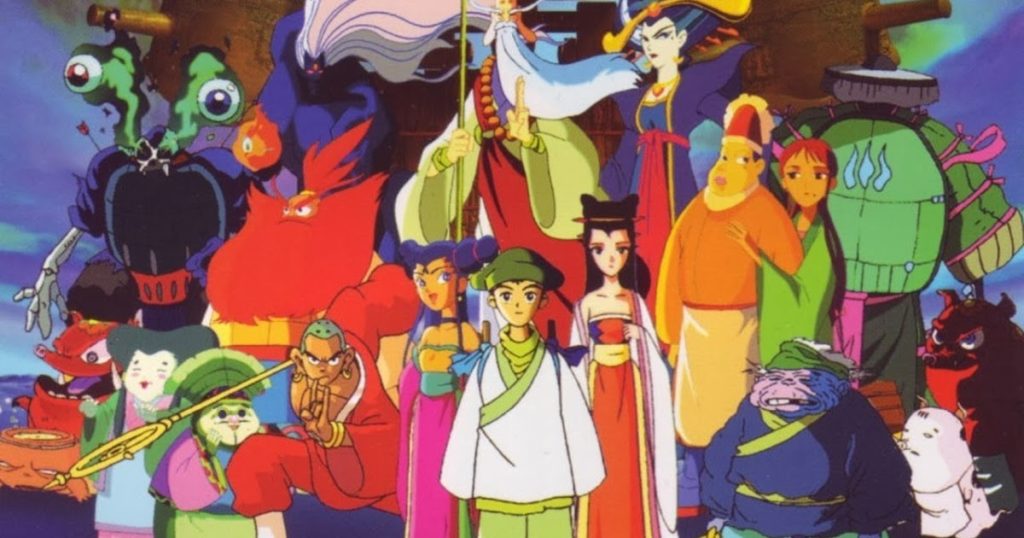
A Chinese Ghost Story: The Tsui Hark Animation (1997)
It’s not every lifetime a ghost makes a friend!
One could think that after completing the trilogy all was said and done with A Chinese Ghost Story, but Tsui Hark refused to put the series to rest. In 1997, he released a special animation co-produced by his studio, Film Workshop, and the Japanese company, Triangle Staff. The production of this endeavor which blends CGI with traditional animation took an extensive period of four years.
To be honest, this animated feature is a bit of a mess. It tries to be as entertaining as Disney flicks and as action-packed as Dragonball. As a result, the storyline runs at a rapid pace and throws too much stuff at the viewers from all possible sides. Most importantly, the animation is not continuous with the previous films, but functions more like a spin-off story with many throwback references (Remember the Three Demoness? Remember Yin Chik-ha? Remember the evil sister and the monks?) Basically, The Tsui Hark Animation retells the romance between Ning Choi-san and Nip Siu-sin from the first film.
While this entry is evidently weak, I would not call it an entirely bad animation. There’s some great voice acting provided by Jan Lamb, Anita Yuen, Charlie Yeung, Wong Jim, and even Tsui Hark himself (he “plays” the protagonist’s dog). The animation itself looks really nice and would have undoubtedly been appreciated more had it not been for the usage of early-day CGI. The singing sequences are cool as well.
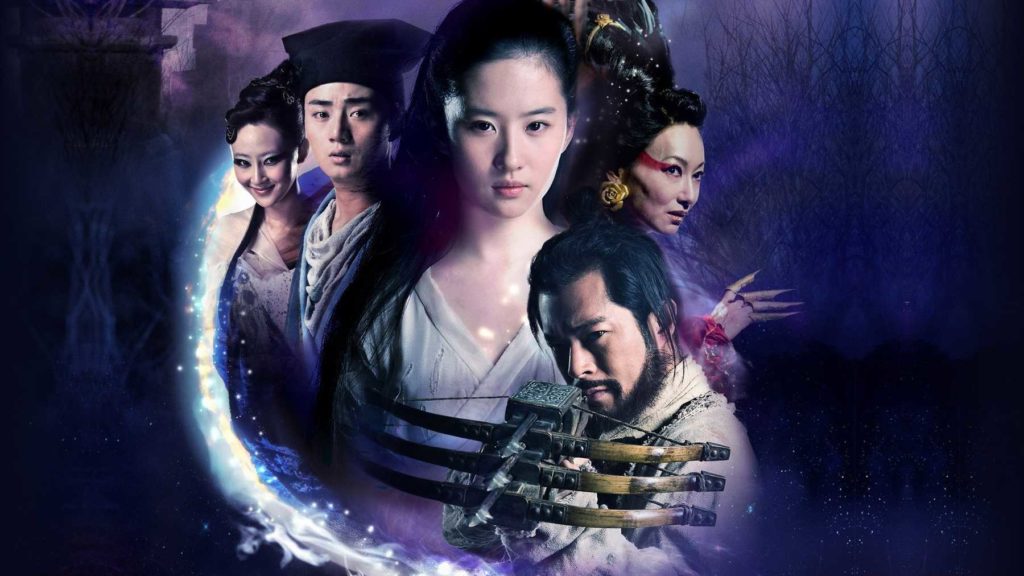
A Chinese Fairy Tale (2011)
From now on, you won’t feel pain because you won’t remember me.
The year 2011 marked the theatrical re-release of the 1987 original film across the mainland China, which was followed by the premiere of the Hong Kong remake directed by Wilson Yip.
The plotline of the remake is generally the same in the first A Chinese Ghost Story but with a few tweaks: 1) Nip Siu-sin (Liu Yifei) was actually a lover of Yin Chik-ha (Louis Koo) before her memory got erased 2) Ning Choi-san (Yu Shao Qun) is not a debt collector but a government official sent to a remote village struck by drought 3) There is a new character of demon hunter, Xia Xuefenglei (Louis Fan).
All in all, the remake is quite bland when compared with the original. Apart from vivid overreliance on shoddy CGI, the pacing of the narrative has been repurposed to fit the style of popular Hollywood blockbusters for youngsters, such as Twilight, and The Hunger Games. Still, I enjoyed the performances of Louis Koo and Louis Fan; in particular, Kara Hui was maliciously sweet with her over-the-top portrayal of the Tree Demoness. Liu Yifei, on the other hand, seemed to be monotonous as Nip Siu-sin.
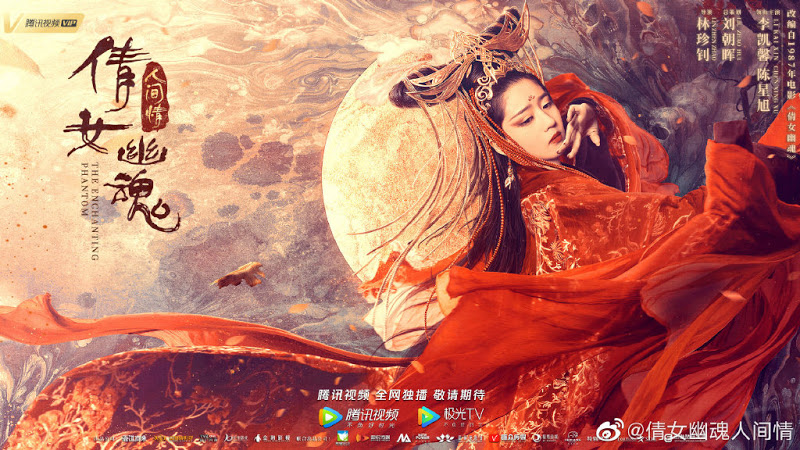
The Enchanting Phantom (2020)
It’s okay, Xiaoqian. I will not let you suffer anymore, nor force you to do what you don’t want to. I will flee with you as soon as the sun rises. The world is big. There will be a place that belongs to us.
Alas, it is not the end because there was a mainland remake released in 2020! In view of recent fantasy productions crafted by the PRC, I was very much afraid that this specific motion picture will turn out to be a soulless cash grab packed with incoherent dialogue and CGI straight from MS Paint.
However, I was pleasantly surprised to see that The Enchanting Phantom actually goes at lengths to recreate the feels of the original A Chinese Ghost Story. CGI is okay, though some action sequences are a bit overwhelming. Nevertheless, I greatly appreciated the rich and colorful production design as well as the subtle performances of the main leads: Chen Xing Xu and Eleanor Lee. It was also good to see the veteran of action flicks, Yueh Wah, as the demon hunter.
All things considered, A Chinese Ghost Story is indeed a cinematic tale unlike any other. I safely recommend this series to anyone who is interested in discovering the hallmarks of Hong Kong cinema. Personally, I believe that the original trilogy works so well primarily because of Joey Wong. Throughout the three films, she played different roles which really showcased her acting range and talent. Let’s all hope that the benevolent spirit of Nip Siu-sin will be awaiting us in the afterlife.
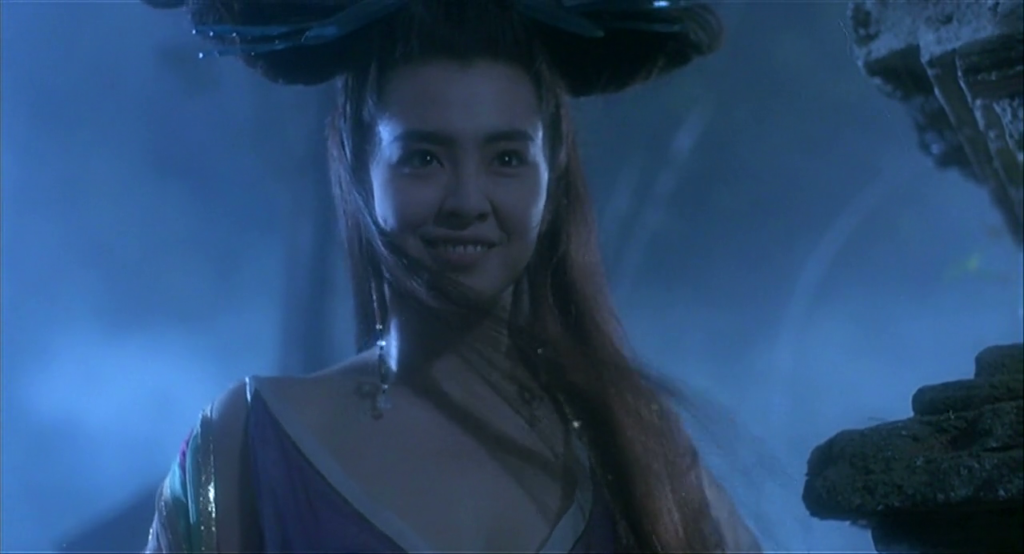
Oliver Ebisuno is a guy who likes watching (and reviewing) Asian movies. I have my own blog, Watching Asia Film Reviews, and I’m also submitting articles as well as editorials to MyDramaList, Kayo Kyoku Plus, and Asian Film Fans.